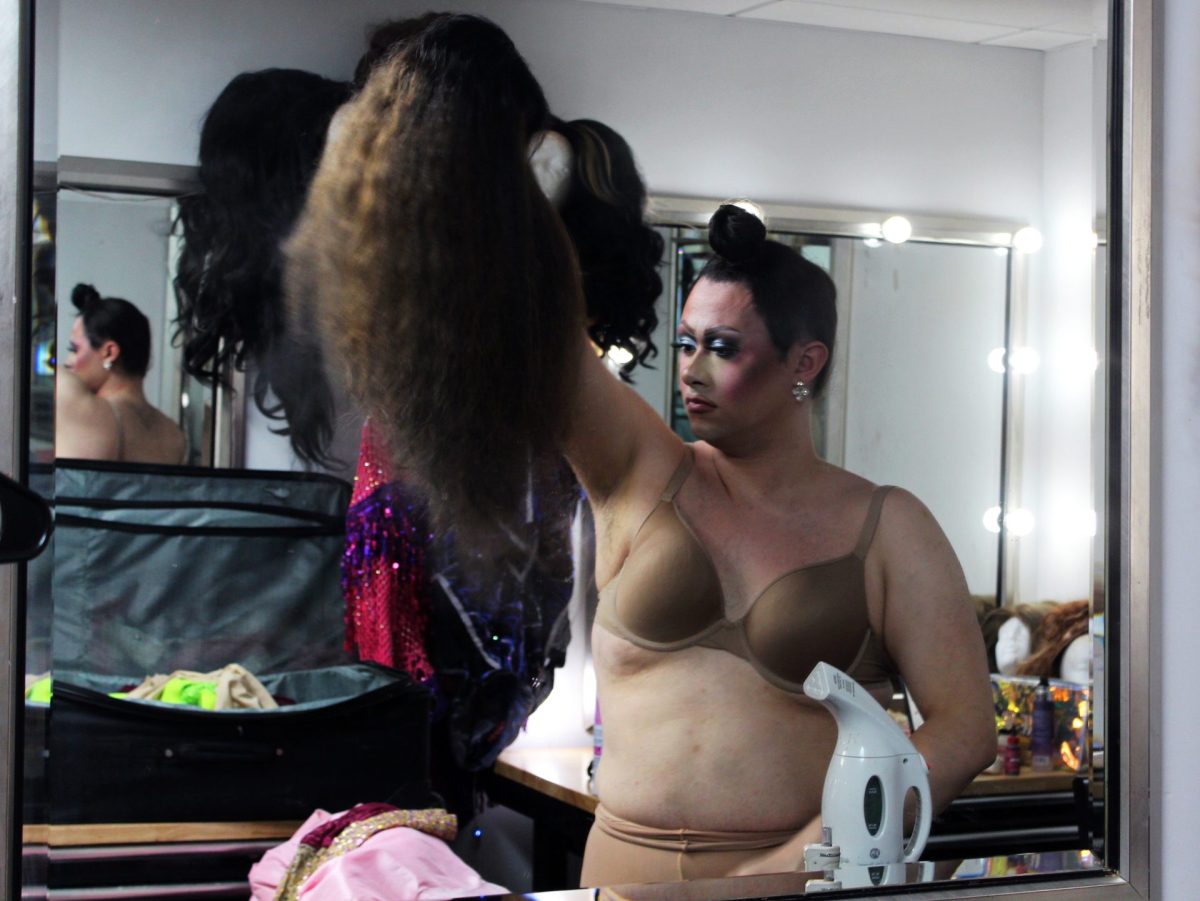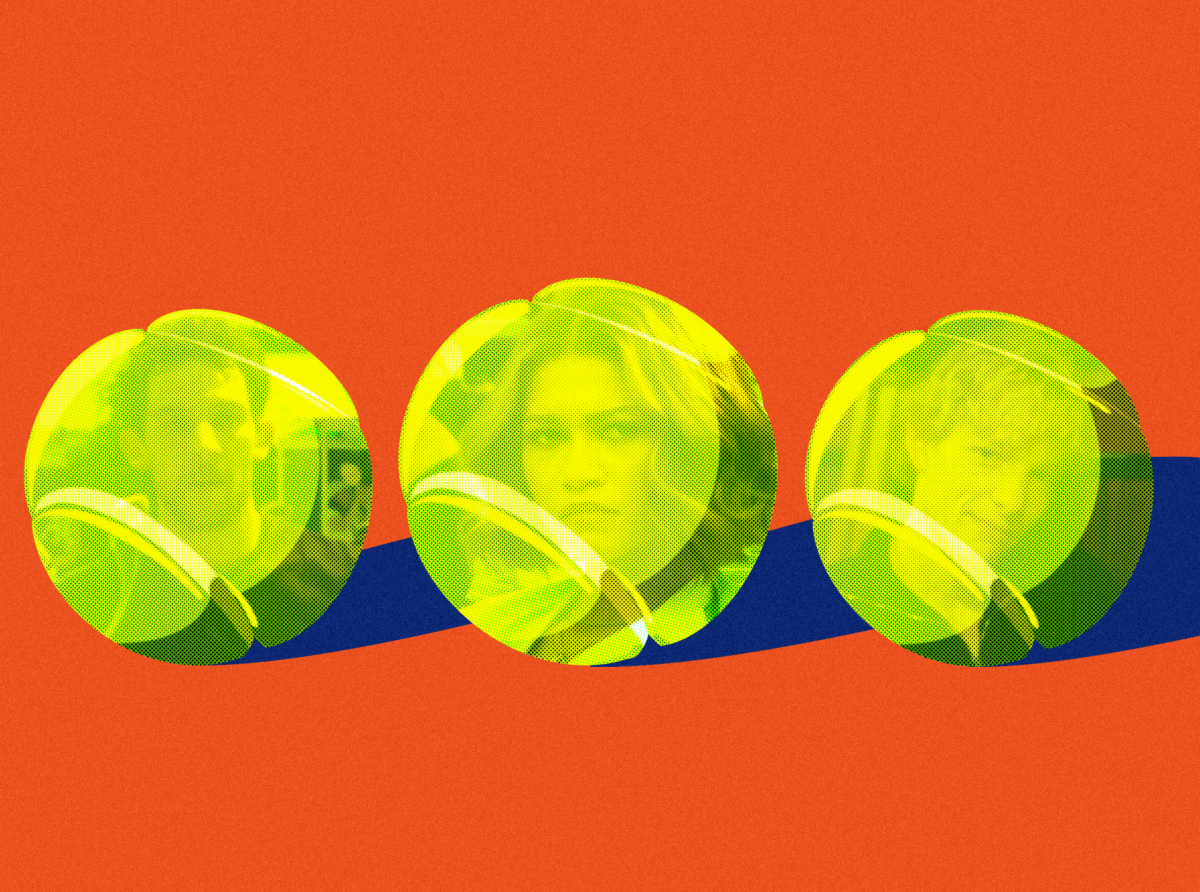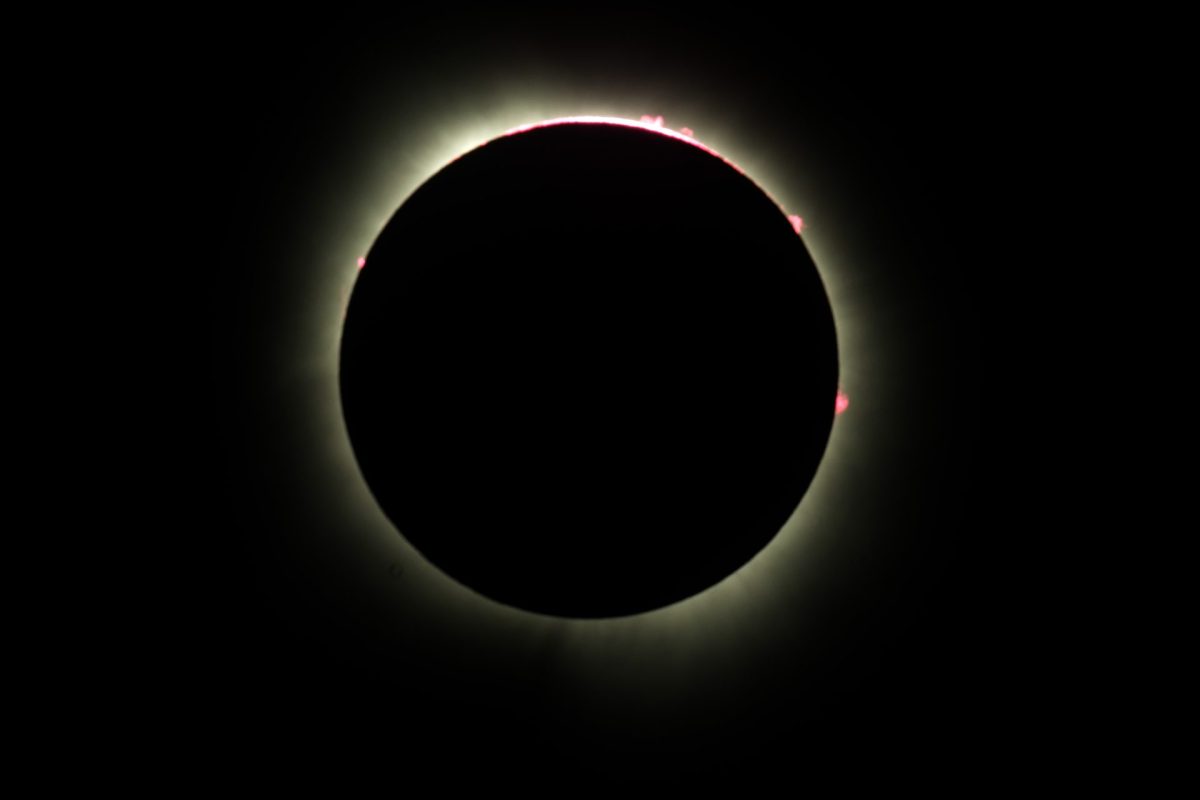The historic Auditorium Theatre was the ideal escape from a rainy Wednesday evening as audience members shuffled into the architecturally-stunning venue to see the Joffrey Ballet’s first performance of the 2012-2013 fall season titled “Human Landscapes.”
The Joffrey Ballet, founded by its visionary teacher Robert Joffrey in 1956, is revered for its unwavering commitment to deliver the highest level of performance quality to a broad and varied audience. Wednesday’s mixed repertory performance was a testament to Joffrey’s dedication to performing world-class and artistically vibrant work.
As the golden glow from the 24-karat gold-leafed ceiling arches faded, the audience was greeted by Joffrey’s devoted executive director Christopher Clinton Conway. Conway warmly welcomed all in attendance and introduced the highly acclaimed Chicago Philharmonic as the accompaniment for the evening’s performance. A short “behind-the-scenes” film provided the audience with a glimpse into the countless rehearsals leading up to the opening night as well as some of the stylistic choices for each of the separate acts. The film concludes with Joffrey’s artistic director, Ashley C. Wheater, explaining that the purpose behind the evening’s final part, Kurt Jooss’ “The Green Table,” is to “ask ourselves how we move forward as a world.”
The first of the three-part performance was Jiri Kylian’s “Forgotten Land,” inspired by a painting of a women on a beach by Edvard Munch. The work begins with the backs of the dancers faced towards the audience as they move in pulsating unison. The music, replaced by whistling wind sound effects, created an imaginary chilling breeze within the theatre. Distancing themselves from the audience, the dancers continue on with their perfectly executed wave-like movements. This scene comes to an abrupt end as a clap of thunder from the orchestra pit frees the dancers from the conformity of their movements and into the interplay between men and women as they pair off by their respective colors of red, rose, black, cream and gray. Each pair deals with different themes of struggle and loss and as a member of the audience, you find yourself rooting for one pair to prevail among the insurmountable suffering. The female performers’ long-sleeved dresses flowed effortlessly, enhancing the varying degrees of circular motions present throughout this work. This hauntingly beautiful work ended on a somber tone but allowed for the audience to further explore our interpretation of human loss.
The haunting beauty felt in “Forgotten Land” maintains its presence in the second work of the evening, James Kudelka’s “Pretty Ballet.” But do not let the name fool you, the title serves as an exploration of the balance between romantic ideals and industrious purposes where movements involved quick, sharp and controlled changes of direction. Unexpected poses where dancers stand pigeon-toed, knees collapsed inwards with upper backs curved and heads drooped down remaining motionless on stage, were another major theme. What makes Kudelka’s work particularly moving is the duet between a ballerina, dressed in a ghostly-white long tutu and contrasting blood-red pointe shoes, and her partner. You cannot help but simply gaze in awe at how a beautiful relationship forms between the dancers and the music as well as an intensely emotional interpersonal relationship between the two performers. “Pretty Ballet” explores many aspects of humanity and you may find yourself more emotionally present at its conclusion.
Ballet buff or not, the final part of the performance is highly engaging and will change the way you think about the ballet. Kurt Jooss’ “The Green Table,” subtitled “A Dance of Death in Eight Scenes,” was choreographed in 1932 after World War I speaking to the horrors of war with the theme of death forever towering in the background; it was the first ballet seen by 11-year-old Joffrey. The work opens up with 10 diplomats clad in tuxedo jackets and faux receding hairlines and bald spots unproductively negotiating with comical gesticulations around a slanted, rectangular table; this scene received a few chuckles from the audience as it was very entertaining to watch. The end of the meeting ends with simultaneous shots from 10 pistols symbolizing the declaration of war. Soldiers march off to war and must say good bye to their devastated wives, girlfriends and mothers. Multiple battle scenes unfold as Death, a towering figure who is truly the embodiment of everyone’s worst nightmare, makes his ominous entrance and performs his hypnotic dance. As much as you might want to him to disappear, he lingers in the background and different characters find themselves unable to resist his maniacal powers. “The Green Table” intensely addresses the concept of inescapable death.
Every single performer engaged not only their body but their mind and soul into the Joffrey’s performance of “Human Landscapes” and fearlessly tackled and explored dark dimensions of the human spirit. The dedication and unparalleled talent is palpable whether you’re sitting in the front row by the orchestra pit or all the way back in the nose-bleed seats. Partaking in this dynamic performance, coupled with the breathtaking setting, is the perfect way to spend an evening in Chicago.
“Human Landscapes” will be showing at the Auditorium Theatre through Oct. 28







